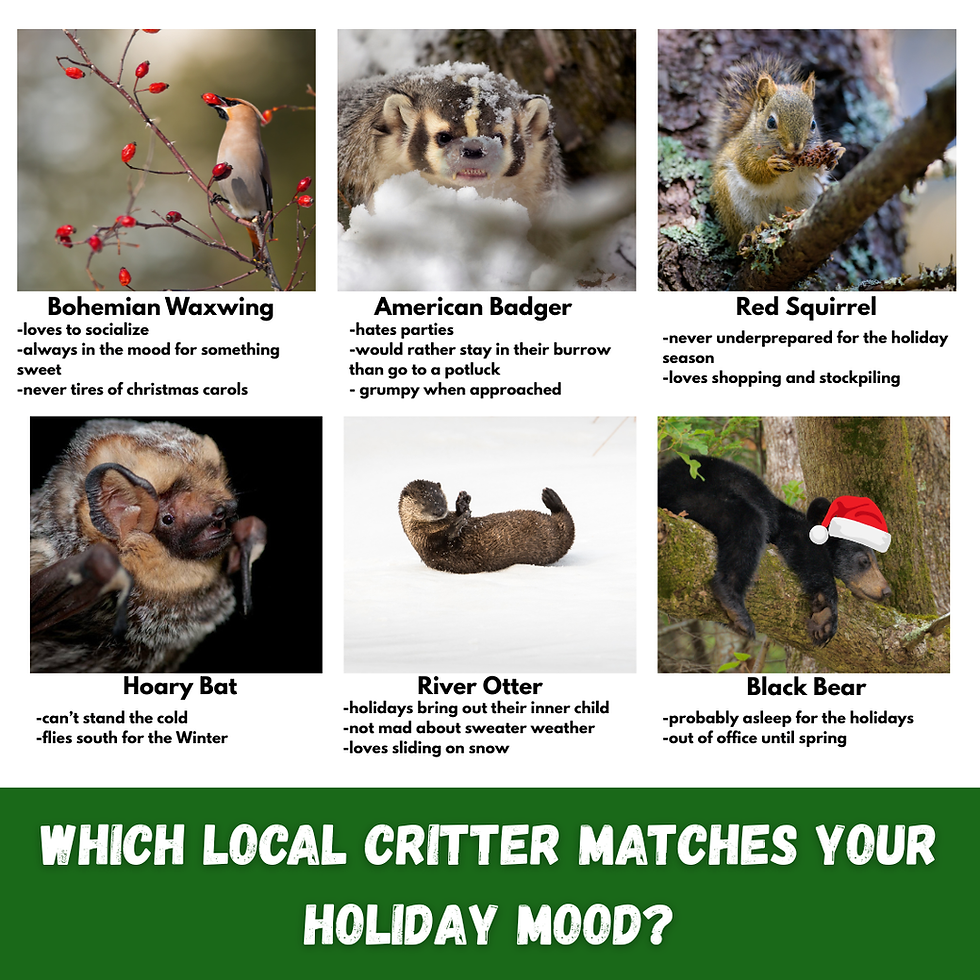Frozen Fawns
- osstewardship
- Apr 12, 2024
- 2 min read
#funfactfriday Did you know that if a fawn freezes in fear, its heart rate drops by almost 75%?
For the first few weeks after a fawn is born, it is at its most vulnerable. Since it cannot yet outrun its predators, it’s best defence is to freeze when confronted by a threat. A frightened fawn's heartbeat will drop from around 160 beats per minute to less than 50. This slowed heartbeat also lowers the fawns breathing rate and causes it to go completely still. Because many predators use sight and movement as hunting cues, lying completely still and camouflaged is a very useful tactic to avoid being found!

If you see a fawn on the ground with no other deer around, do not approach it! It has been left in a safe place while its mother has gone to graze somewhere relatively close by. Human intervention is hardly ever needed in these cases, and a few hours later it is very likely the fawn will be back with its mother.
Unsure if a fawn (or any other baby or adult wildlife) need your help? Consider the Five C's!
Is the animal:
Crying?
Covered with blood or insects?
Caught by a cat or a dog?
Cold?
Coming toward you (approaching humans)?
If any of the above things is true for the animal in question, it MAY need help. Unless it is in immediate danger of severe harm, still don't approach it, but call a licensed Wildlfe Rehabilitation facility. Here in the Okanagan, we can call the Interior Wildlife Rehabilitation Society (birds and small animals only), SORCO Raptor Rehab Centre (owls and birds of prey) or the Kamloops Wildlife Park (any animal).
Are none of the above C's true at the moment? Great! You can leave the animal be and continue on. If you are concerned, you may check back later on to reevaluate, but it is very likely the animals will be fine.
(While we'd love to take credit for such a great tool, the 5 Cs concept is from the WildCare wildlife hospital and education centre in California)







Comments